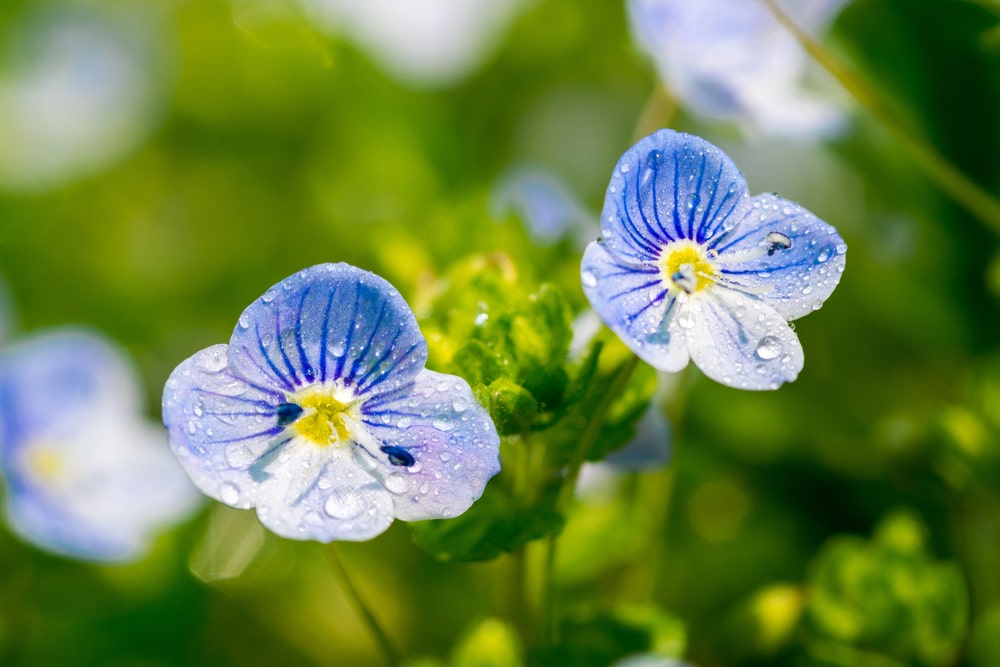Characteristics of Scrophulariaceae
Habit: These are mostly herbs and under-shrubs.
Leaves: These are simple, alternate, opposite or whorled, exstipulate, and sometimes exhibit heterophylly.
Inflorescence: This is usually racemose (raceme or spike), and sometimes cymose (dichasium). It can be axillary or terminal. The flowers are solitary in some species.
Flowers: These are zygomorphic, two-lipped, and sometimes personate. They often have a great diversity of form. They are bisexual and hypogynous. Bracts and bracteoles are generally present.
Calyx: The sepals are (5), gamosepalous, five-lobed, and often imbricate.
Corolla: The petals are (5), gamopetalous, often two-lipped, and sometimes spurred or saccate. They are medianly zygomorphic, very rarely regular (as in Scoparia), and imbricate.
Androecium: The stamens are four, didynamous, sometimes two, arching over in pairs. The posterior stamen is absent or a staminode. The anthers are divaricated.
Gynoecium: The carpels are (2) and syncarpous. The ovary is superior, bilocular, and anteroposterior (and not oblique as in Solanaceae). The placentation is axile. The stigma is simple or bilobed. There are usually many ovules, though sometimes only a few. The disc is ring-like around the base of the ovary, sometimes unilateral.
Fruit: This is mostly a capsule and sometimes a berry.
Seeds: These are usually numerous, minute, and endospermic.
Floral formula:


Examples: Digitalis purpurea, Brahmi (Baccopa monnieria), etc.
Make sure you also check our other amazing Article on : Characteristics of Rutaceae
